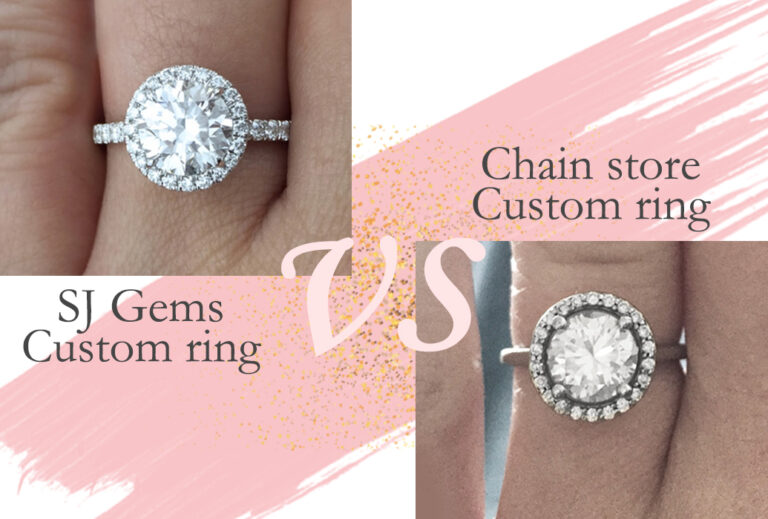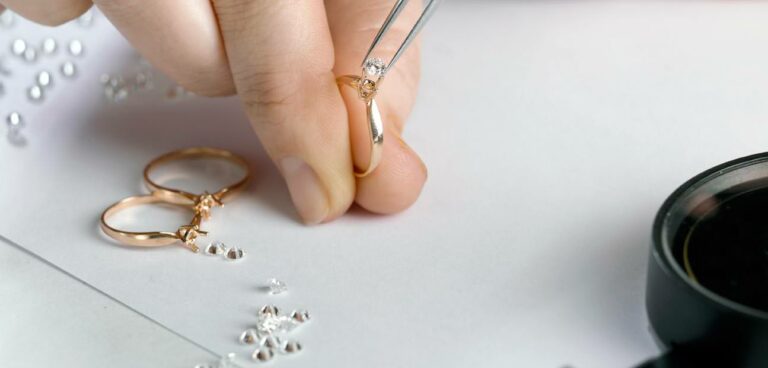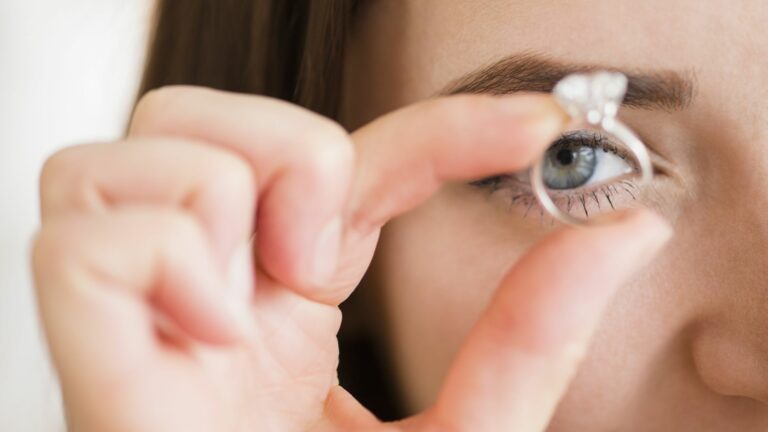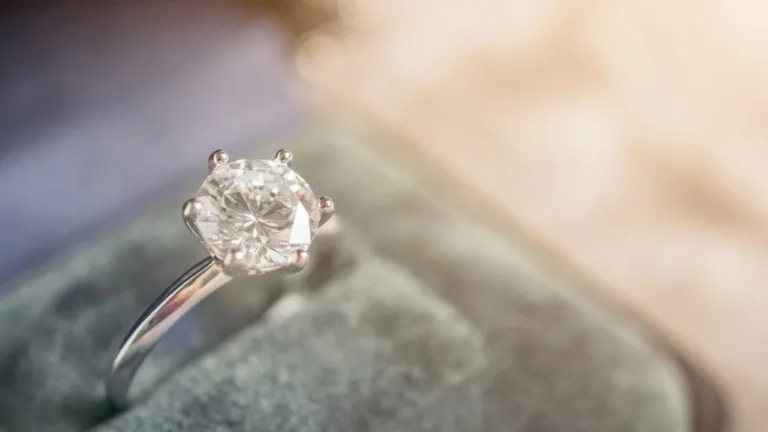The Truth about Rhodium Plating
If you’re interested in jewellery, you’ve probably heard the term “rhodium plating” mentioned quite often. But do you know what it is and when it is best used? Here is everything you need to know.
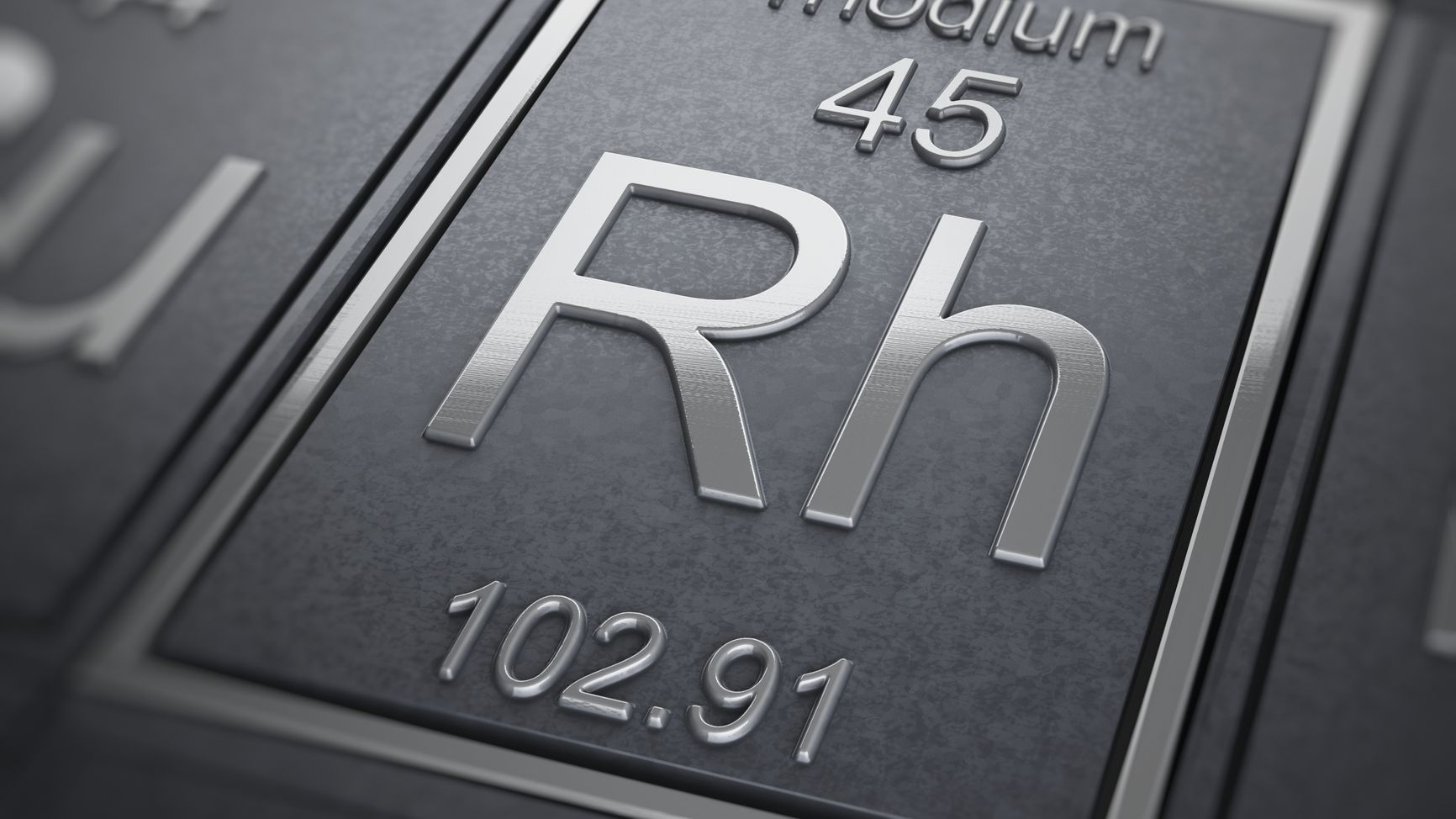
What Is Rhodium?
First things first. Let’s clear up what this mysterious rhodium is. Rhodium is a precious metal – like gold, silver, or platinum – only more expensive! In fact, it is the most expensive of all the precious metals. Why is that? Well, because it is very rare in nature, it is only found as a by-product of mining for other metals, such as platinum. This, unfortunately, affects the price of rhodium making it very volatile as its availability is connected to platinum supply and demand.
Why Not Make Solid Rhodium Jewellery?
As we’ve said, the price of rhodium has huge ups and downs. Sometimes it can skyrocket to ten times the price of gold – usually when platinum is not mined as much because of a drop in demand. Other times, rhodium prices drop much closer to the price of gold or platinum. Because of the complexity of the situation, rhodium is not the most stable of investments. Another reason why it’s not used for much more than plating is that, when pure, it is brittle and not very malleable.
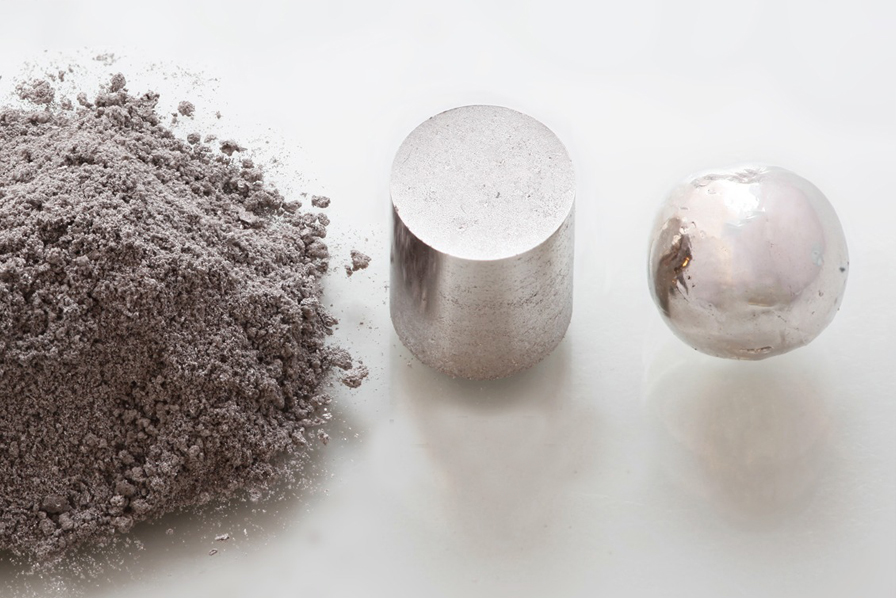
Why Is Rhodium So Great?
While rhodium is both too expensive and too brittle to make jewellery out of, it makes an excellent plating material. It is often used to hide imperfections and lend a higher sheen to silver or white gold pieces. Being harder than both silver and gold, it also makes an excellent protective coat that shields jewellery from scratches. One of its greatest advantages is that it doesn’t tarnish and requires no particular cleaning procedures. Rhodium plating is also a good recommendation for customers who are allergic to silver, as it will protect them from direct contact.
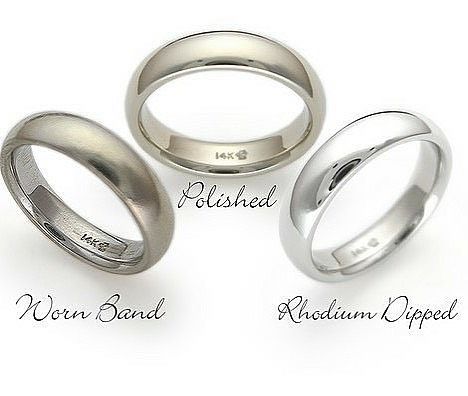
When Is Rhodium Plating Not a Good Idea?
So far, rhodium plating sounds great! Why not just use it on everything? Wouldn’t it make any piece of jewellery infinitely better? Well, no. There are some cases when rhodium plating just doesn’t work as well, for various reasons. First of all, it is worth bearing in mind that only a very thin layer of rhodium is used in plating procedures. Through normal use, this layer eventually comes off, making re-plating a necessity every few years. Fortunately, the plating can be done at a surprisingly low cost!
When it comes to pieces like rings or necklaces which come in close contact with the skin, the rubbing causes the plating to come off more quickly. This leads to a need for a thicker layer of plating, which, in turn, changes the colour of the piece significantly. Thick layers of plating have a noticeably darker colour than silver, and that might not appeal to all customers. While some customers like the darker finish of thicker plated pieces bear in mind that it is definitely not the dazzlingly bright colour of silver.
Vintage pieces require an oxidized finish, thus excluding rhodium plating which is typically very shiny. It is also avoided in high polish silver pieces that are hand-polished during manufacturing.
While rhodium plating has its purpose and works great to offset diamonds and cubic zirconia, different lines of products require different finishes. While it will initially provide a bright shine without tarnish, in the long run, it is costlier for maintenance and has a darker finish than pure silver. If cleaning concerns are the main reason you are considering rhodium plating, bear in mind that in case of tarnish, sterling silver is easily polished to its original condition.

